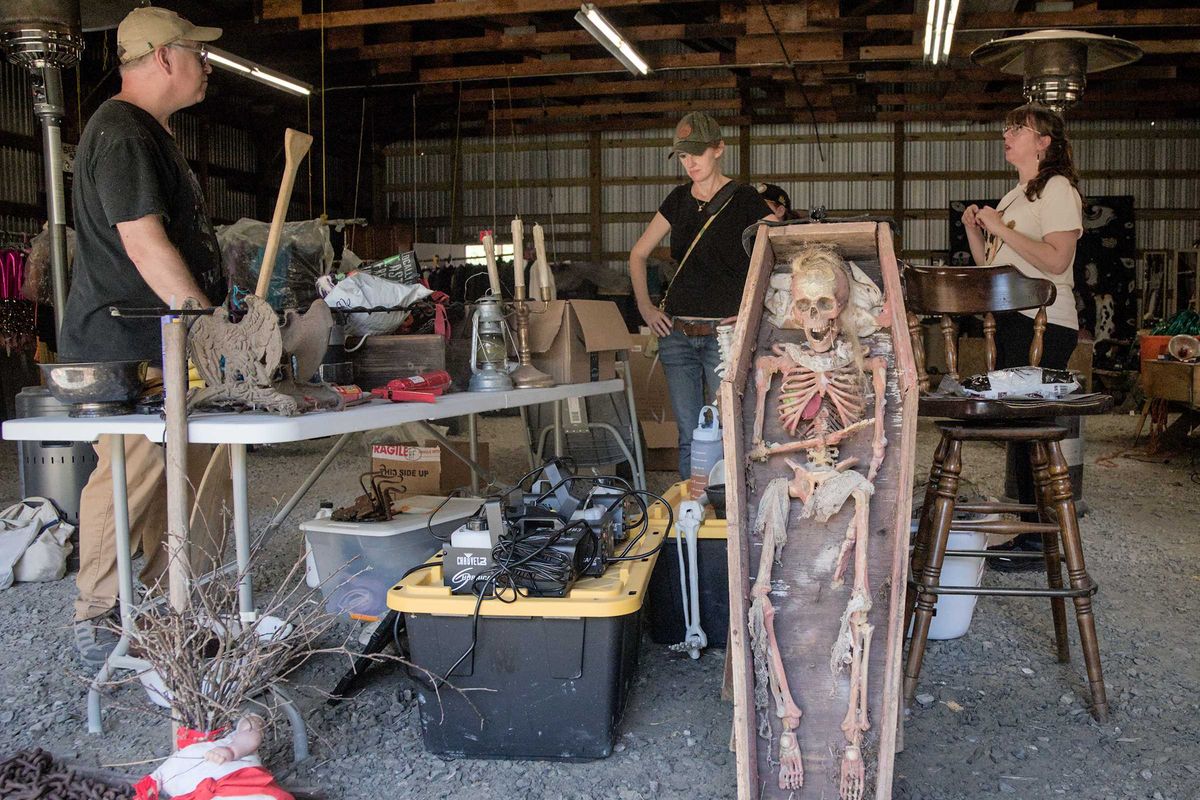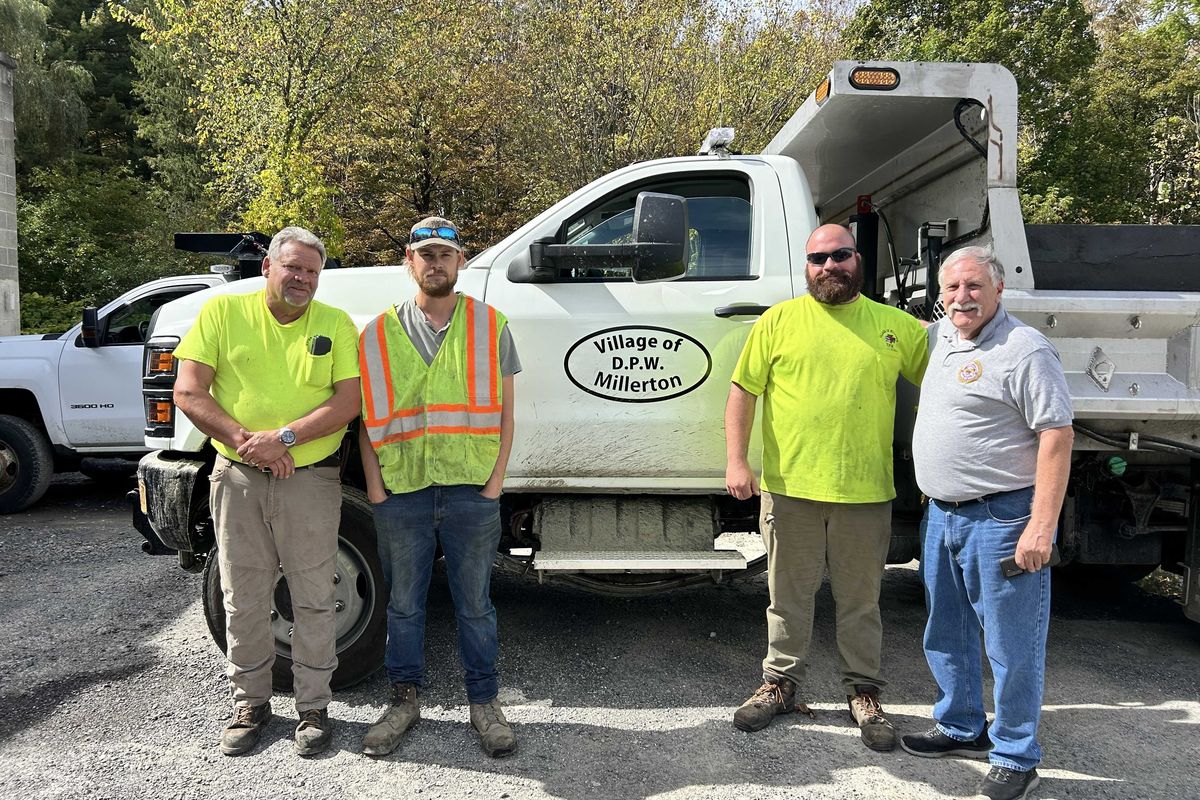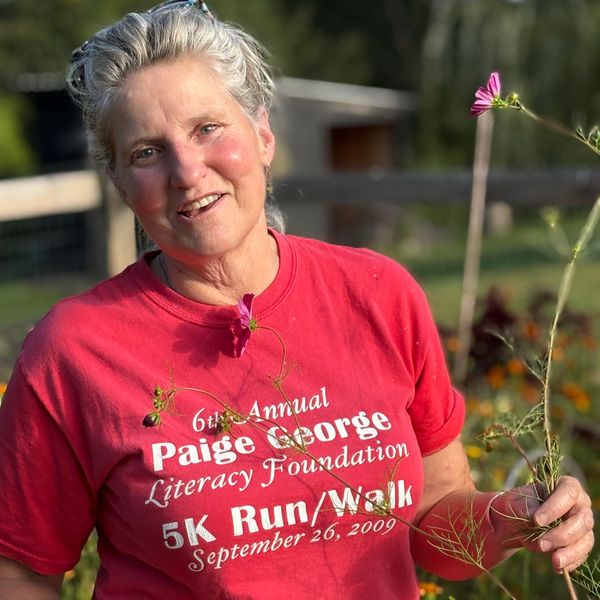Latest News
The LED sign in front of Amenia's Town Hall on Route 22 warns passing motorists of the current temporary burn ban, in effect from Oct. 2 to Oct. 15.
Photo by Nathan Miller
A statewide burn ban is in effect as of Thursday, Oct. 2, the New York State Governor's office announced in a press release.
The temporary ban is in effect until at least Oct. 15, and the statement released by the governor's office said the restrictions will be re-evaluated prior to the Oct. 15 deadline.
Lighting fires for brush or debris disposal and large, uncontained fires for cooking or other purposes are banned until at least Oct. 15 under the statewide order. Backyard fire pits, contained camp fires no larger than 3 feet in height and 4 feet in diameter, and small, contained cooking fires are still permitted under the burn ban.
New York State has faced dry conditions all autumn, triggering drought watches and warnings across most of the state.
Dutchess County, along with the other counties in the Catskills region, are under a drought watch according to the Department of Environmental Conservation's drought condition map.
Dutchess County is currently under a "high" fire danger rating, according to the DEC.
Keep ReadingShow less
Barbara Meyers DelPrete
Oct 03, 2025
LAKEVILLE, Conn. — Barbara Meyers DelPrete, 84, passed away Tuesday, September 30, 2025.
A Funeral Mass will be celebrated Saturday, October 4, 2025, at 11:00a.m. at St. Mary’s Church, 76 Sharon Rd., Lakeville.
A complete obituary will appear in next week’s Lakeville Journal.
To offer an online condolence, please visit ryanfhct.com.
Keep ReadingShow less
Volunteers were hard at work putting the finishing touches on the crucial creepy decorations for the Haunted Fortress of Stanford on Sunday, Sept. 28.
Nathan Miller
STANFORD — Greg Arent led a devoted team of volunteers on Sunday, Sept. 28, in a final push to prepare Stanford’s Haunted Fortress for opening day.
Final touches included cleaning the bottomless pit, scrubbing the pirate ship, raking the graveyard and dressing the dolls. By 2 p.m., about 20 volunteers had assembled to creepify the beloved local landmark.
Many of the volunteers have been coming back for years, Arent said, dedicating time and valuable skills to the town-owned haunted house that was constructed by the artist Peter Wing.
Arent has been building sets in his free time for forty years, but he started out volunteering with the Haunted Fortress in 2014 when his children wanted to get involved, he said. At that time he would help out one or two days a year. That grew into a leadership position over the course of a decade.
On Sunday, Arent was touring the decrepit grounds checking light bulbs, soundtracks and other set details to contribute to that perfect spooky ambience.
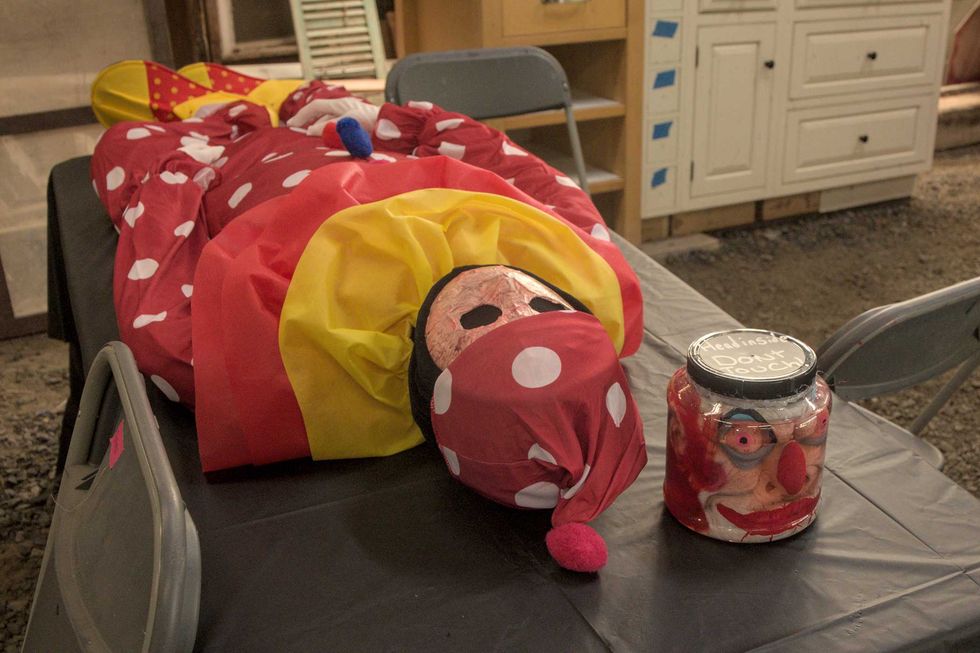
When it’s all said and done, the Fortress will be ready to welcome visitors starting on Friday, Oct. 3, with shows running from 6:30 to 9:30 p.m. on Fridays and Saturdays and 6:30 to 8:30 p.m. on Sundays. The Haunted Fortress is entirely staffed by volunteers, Arent said, including the actors that don costumes to scare visitors. Anybody aged 6 and up can volunteer to act in the horror show, and families often will volunteer to take over a scene.
“I love it because every scene is different every night,” Arent said. “Sure there are going to be vampires in this scene, but this family is going to do it different from these three kids from Bard, who are going to do it different from these three middle school kids.”
The sets themselves were all built from recycled material to be as creepy and decrepit as possible, Arent said. Concrete culverts adorn the sides of a bridge over a stream, stacked vertically with a cone on top to elicit a fortress’s spires. Reclaimed lumber bolted to a fence evokes a dark and scary forest blocking any escape. A rusting tractor with a steel box welded above the seat sits on a set of rails with two cars attached to it, mimicking a wrecked train with it’s inner mechanisms exposed and blowing steam on passersby.
This year the Haunted Fortress is following a haunted circus theme featuring clowns and other carnival staples alongside the classic settings of the Fortress.
The team of volunteers is dedicated and numerous, and the Stanford Highway Department lends a hand too, Arent said, but there’s always a need for skilled labor at the local attraction.
And the group appreciates all the help they can get. “Whatever you’re interested in and capable of doing,” Arent said.

Keep ReadingShow less
From left, Jim Milton, Spencer Parks and William J. Clark stand with Joseph Olenik on their first day working under him as the head of Public Works on Monday, Sept. 29.
Aly Morrissey
MILLERTON — The Village announced a leadership change at the Highway Department on Friday following the resignation of Superintendent Peter Dellaghelfa. Police Chief Joseph Olenik will step into the role, effective immediately, officials said.
Olenik will continue to serve as Police Chief.
The decision was made Friday, Sept. 26, during an emergency meeting of the Board of Trustees following Dellaghelfa’s resignation.
Mayor Jenn Najdek said the “amicable split” with Dellaghelfa was part of an ongoing annual employee review process, adding that turnover is not uncommon in small municipalities. She expressed her gratitude for Dellaghelfa’s service over the last four years.
The Board went into Executive Session on Aug. 26 and Sept. 9 for “matters leading to the appointment, employment, promotion, demotion, discipline, suspension, dismissal or removal of a particular person,” but village officials could not comment on the specifics of those discussions.
The leadership shift will allow the Village to “better respond to the changing needs of our residents and community,” announced the Board in a press release shared with The News. “The Mayor and Board are excited to see Joe expand his impact on Millerton and we’re confident this change will bring lasting improvements to operations, communications and community engagement.”
Police Chief Olenik, who will continue his leadership role within the Millerton Police Department, said he is looking forward to the added responsibilities.
“I am excited to help move the department forward and rebuild it after the devastating fire,” Olenik said. “I am also looking forward to working with the dedicated staff and helping the residents of Millerton by making needed changes and repairs.”
Though Olenik will assume additional responsibilities as he leads the Highway Department, the Millerton Police Department will continue to operate separately — but with the same shared goals of supporting the village community.
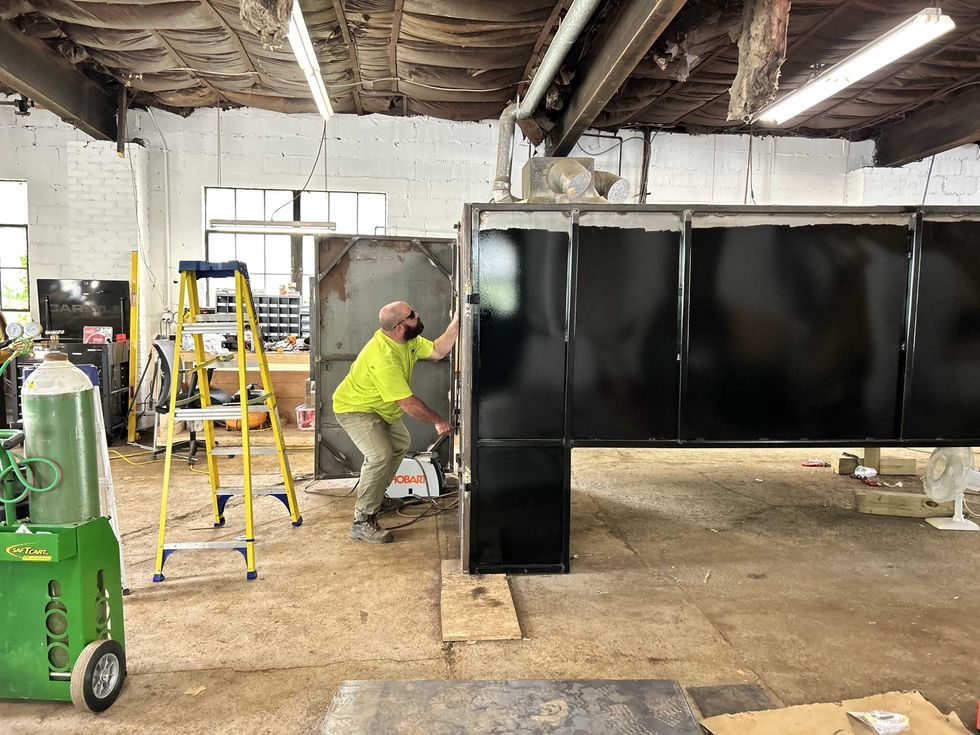
Mayor Najdek added that Olenik has extensive supervisory and administrative experience that, given the imminent need to rebuild the Highway Department building, will be critical. In addition to managing the upcoming construction, his first orders of business will include making sure the village is on track for leaf pick-up and snow removal, working to ensure the right equipment and personnel are in place.
Olenik held his first meeting with the Village Highway Department on Monday, Sept. 29 and discussed a new leaf container — built by Millerton’s Highway Department — that will support efforts to collect leaves. The leaves will then be turned over to McEnroe’s Organic Farm for composting. While the team configuration — which includes Jim Milton, William J. Clark, and Spencer Parks — will be new, Olenik said they are not strangers. “They’ve always helped me out and I’m looking forward to working with them more closely.”
The Board said in a statement the Village is in good hands moving forward. “Joe’s leadership style — hands-on, structured, and community-focused — makes him well suited to guide this department through the transition.”
Keep ReadingShow less
loading



